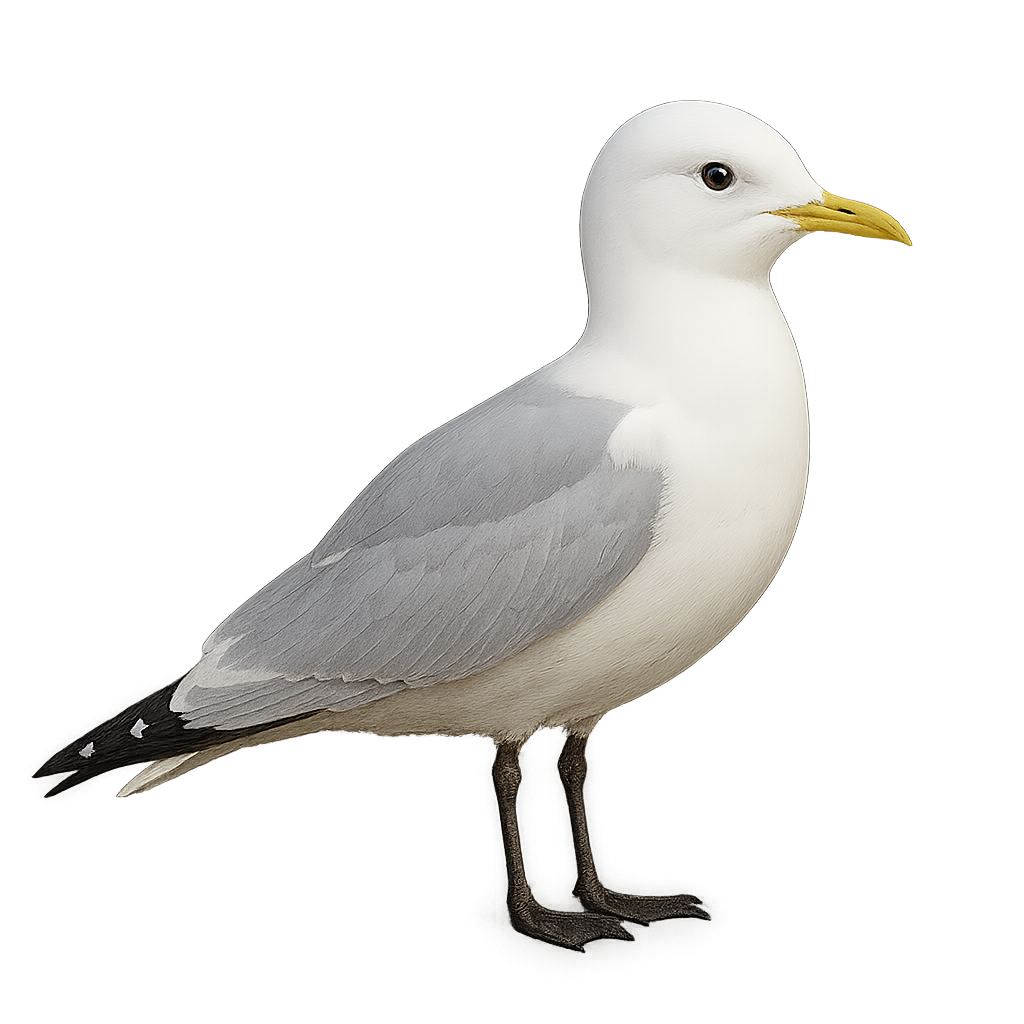Observe and photograph a species in its natural habitat
Learn where and when to observe a species in the wild, how to recognize it in the field, and what habitats it lives in. Get photography tips adapted to its behavior and capture stunning images without disturbing the animal. For full details, open the complete profile in the WildlifePhotographer app.
Black-legged kittiwake
Scientific name: Rissa tridactyla

IUCN Status: Least Concern
Family: LARIDAE
Group: Birds
Shyness: Suspicious
Safe distance: 30 m
Breeding season / Courtship: 01.05-31.07
Gestation: N/A
Births: 01.06-31.07
Habitat:
Sea cliffs, islands, and rocky coasts, mainly in Arctic and subarctic regions of the Atlantic and Pacific
Description:
The Black-legged Kittiwake is a medium-sized gull, measuring about 40 to 45 cm in length, with a wingspan of 90 to 110 cm. It is easily recognizable by its white plumage with light gray wings and a black head during the breeding season. What particularly distinguishes this gull is the shape of its tail, which is deeply forked, hence its name "tridactyla." It primarily inhabits coastal regions of the North Atlantic, notably in rocky areas, cliffs, and subarctic islands. The Black-legged Kittiwake feeds mainly on fish, crustaceans, and marine insects. It is often seen flying over the water in search of food or resting on rocks. Although the population of this species is stable, it may be threatened by human disturbances, particularly the disruption of breeding colonies and marine pollution.
Recommended lens:
>=400 mm
Photography tips:
To photograph the three-toed gull, a telephoto lens is ideal for capturing its movements in the air or when it rests on cliffs. Take photos early in the morning or at dusk, when the light is soft and more pleasant. Be discreet and respect their space to avoid disturbing their natural behavior, especially during the breeding season.
Ready to take action?
Choose your platform and start your free trial today



